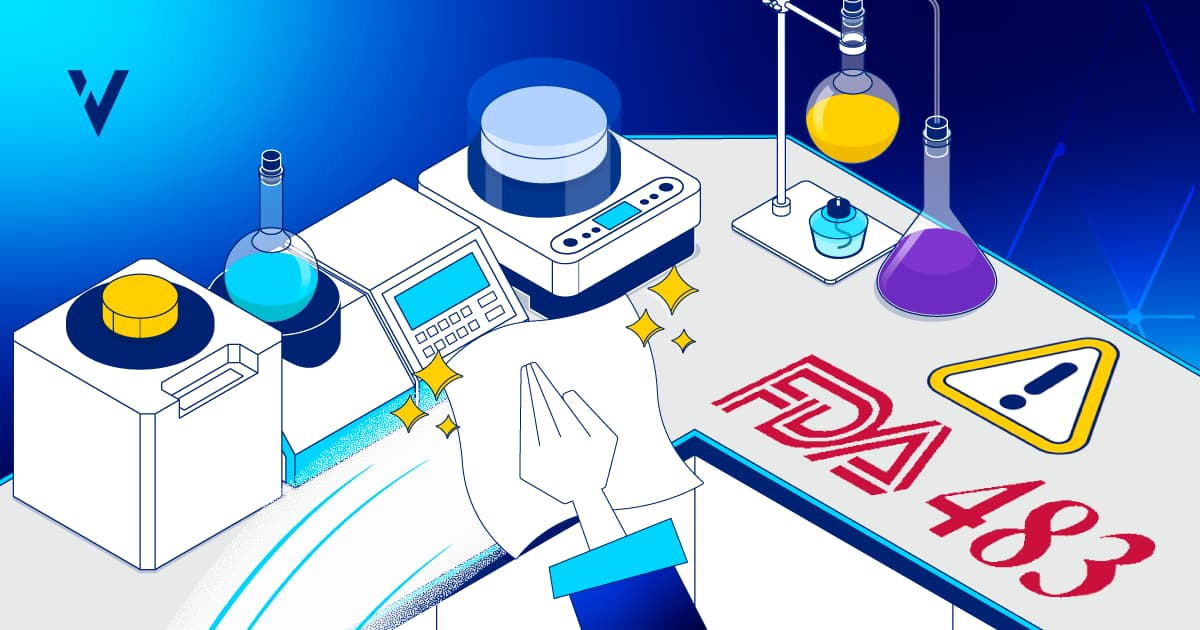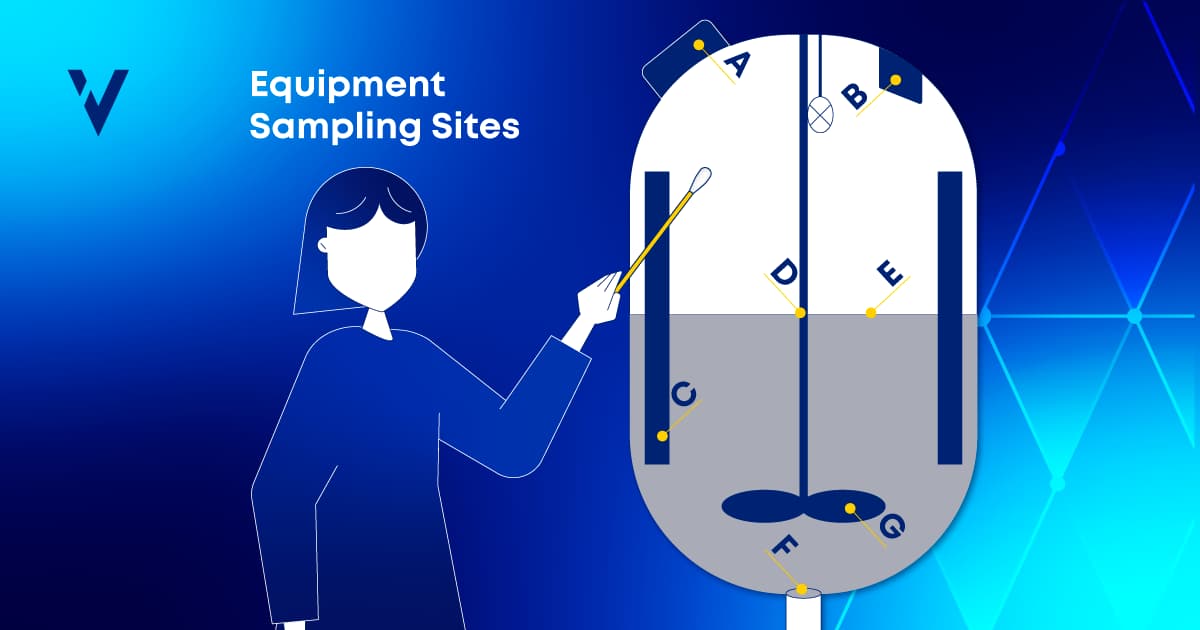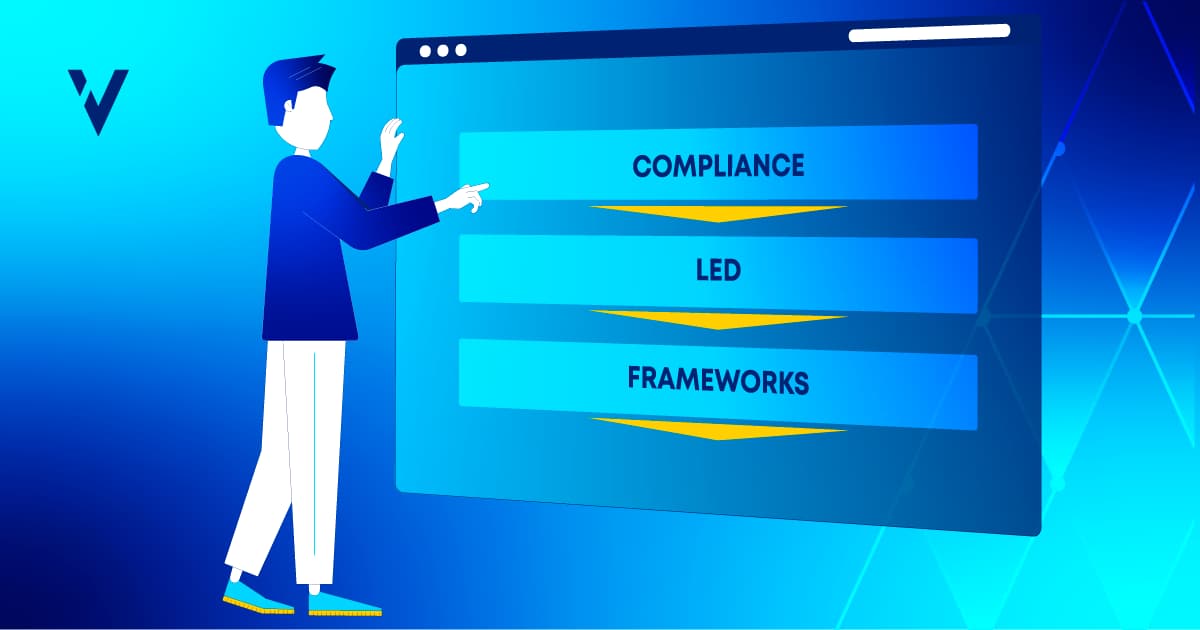Cleaning validation remains a significant concern during GMP inspections. The high number of FDA 483 observations and warning letters issued, year after year, for cleaning-related violations is a clear indication that manufacturers are struggling to implement and maintain a cleaning validation program that keeps them off the regulatory radar.
Violations run the gamut — failure to validate the cleaning procedures of equipment and facilities, inadequate acceptance criteria, and lack of justification for worst-case assessment (to name a few) — underscoring the importance of adopting a risk-based, end-to-end lifecycle approach to cleaning validation. Many companies have learned the hard way that this is no small task.
This post examines technology’s role in helping life sciences manufacturers establish a globally harmonized cleaning validation program. We’ll also discuss how ValGenesis’ new Process Manager application eliminates these commonly cited observations by digitizing, automating, and controlling the entire cleaning validation lifecycle — from design qualification through continuous cleaning process monitoring.
Read the press release: ValGenesis Launches Process Manager, the Industry’s First Application for Digitizing the End-to-End Cleaning Validation Lifecycle
Industry Regulations for Cleaning Validation
Cleaning validation is complex. And every industry segment, including biotech firms working with living organisms, medical device manufacturers, chemical companies supplying active ingredients, and new nutraceutical manufacturers, is expected to ensure their products have not been contaminated by objectionable residues that can compromise finished product safety, identity, strength, purity, and quality.
Cleaning validation is a global regulatory expectation. The European Medicines Agency (EMA) requires establishing Health-Based Exposure Limits (HBELs) for all drug products based on Permitted Daily Exposure Values as described in Appendix 3 of ICH Q3C (R4). Manufacturers must also establish documented requirements for the cleanliness or contamination of medical devices in ISO 13485:2016.
The Parental Drug Association (PDA), International Society for Pharmaceutical Engineering (ISPE), Pharmaceutical Inspection Co-operation Scheme (PIC/S), Therapeutic Goods Administration (TGA), and other global organizations have released guidelines and perspectives for establishing good cleaning procedures.
Regulations are constantly evolving as the industry transitions toward a risk-based validation methodology, which adds to the complexity.
The Inefficiencies of Traditional Cleaning Validation
Clearly, cleaning validation is a major priority for regulatory bodies and health authorities. It’s also time-consuming, with lots of moving parts. Every time a new product or piece of equipment is introduced, or changes are made to a cleaning procedure or formulation, the manufacturer must assess the impact of the change and the cumulative impact of all changes. Evaluating the risks associated with those changes is highly challenging — and change assessment is only part of the broader cleaning validation program.
Cleaning validation generates a lot of documentation. Cleaning procedures must be well documented and accessible to ensure inspection readiness. Documented evidence includes (but is not limited to) a cleaning validation master plan, SOPs, and cleaning validation protocols, such as sampling procedures and acceptance criteria (including the rationale for setting specific limits).
Gathering this myriad of evidence without the help of automation to enforce standards and process consistency across sites leads to inconsistencies in outputs and calculations, leaving manufacturers vulnerable to human error and increased compliance risks. Moreover, paper limits the ability to track and monitor product and equipment status in real time. Poor access to analytics makes it difficult to maintain the health of the cleaning program.
These are just a few examples of cleaning validation challenges. There are many others. The good news: Digitizing cleaning validation eliminates these challenges and drives significant efficiencies at each cleaning process step.
Applying Technology to Critical Cleaning Validation Activities
ValGenesis Process Manager significantly reduces the time, cost, and effort required to complete the validation process, including data collection, analysis, and reporting. Companies improve their data integrity and audit readiness by using version control, audit trails, and eliminating manual entry. And the system's scientific validation and documentation of the cleaning process ensures residues are removed below established acceptance criteria throughout the lifecycle, boosting product quality and patient safety.
The application also streamlines the change assessment process with comprehensive frameworks that guide manufacturers through necessary regulatory considerations and best practices for evaluating the impact of process or material changes (or virtually any changes to the system) on their cleaning validation program.
Additional unique features include:
- Precise identification of sampling locations through 2D or 3D equipment images.
- Automatic assessment of worst-case product and worst-case equipment, following the defined assessment process using configurable business rules.
- Robust risk assessment at each contact part level to minimize cross-contamination and ensure product safety.
- Automatic calculation of contact surface area using shared surface area, total equipment contact surface area, or equipment-specific modes.
- Dashboards for instant access to analytics at the global, site, group, product, or equipment level.
Cleaning is a critical component of any manufacturing process. Regulatory agencies expect companies to have a robust cleaning validation program, but many manufacturers are falling short. A first-of-its-kind tool like Process Manager has the power to revolutionize the industry by offering a consistent way to carry out cleaning validation activities to ensure methods and procedures are risk-based and rooted in scientific evidence.
Want to learn more? Watch the complimentary webinar Digitization of the Cleaning Validation Lifecycle, or contact us.



